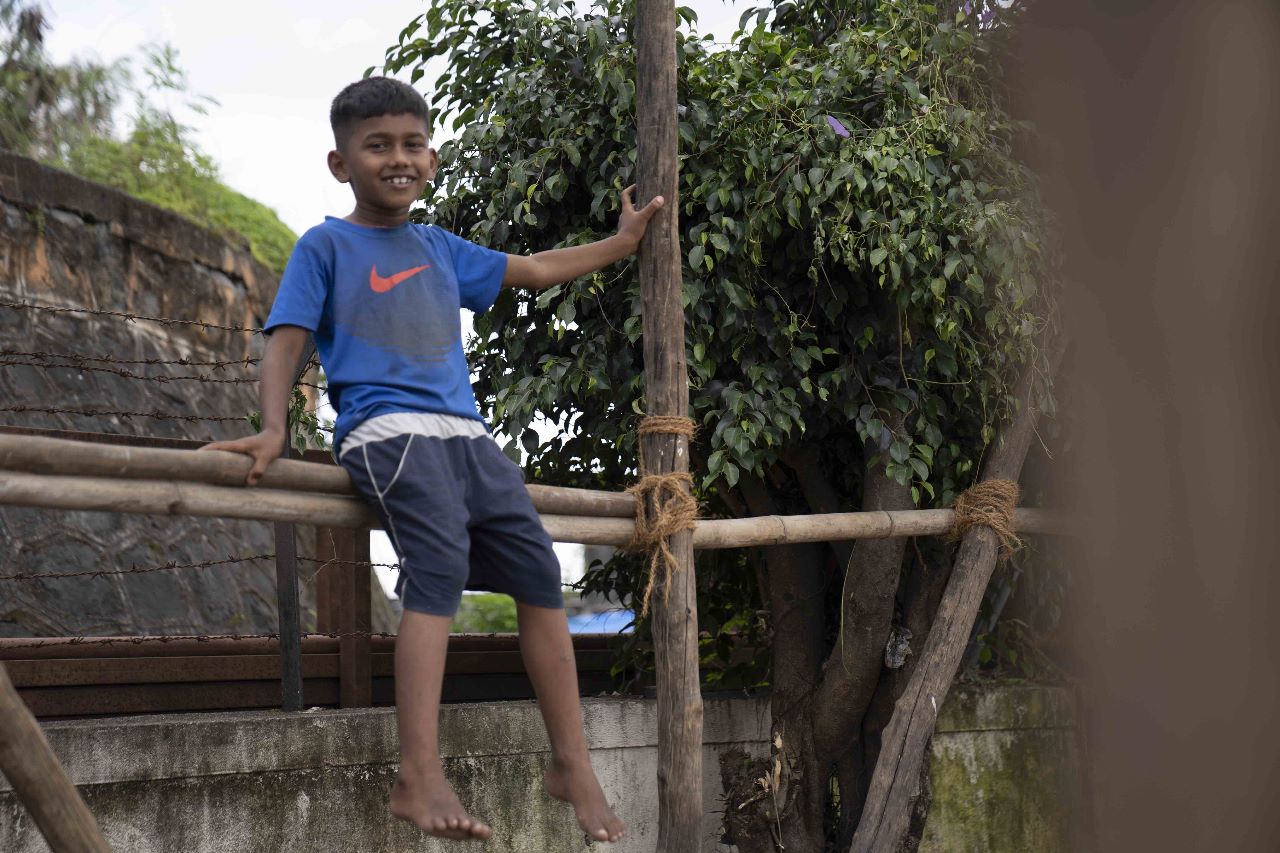
Child protection is a crucial issue that concerns the well-being and safety of children. "Child protection" refers to the set of policies, laws, and measures that aim to safeguard children from harm, abuse, exploitation, and neglect. In this blog post, we outline the importance of child protection, the challenges faced in ensuring it, and the role of various stakeholders in promoting child protection.
Child protection is essential to human rights, and every child deserves protection from harm and abuse. Unfortunately, millions of children worldwide are subjected to severe dysfunctional behaviour such as abuse, including physical, sexual, and emotional abuse. Child protection laws and policies aim to prevent these forms of abuse by setting standards for child care and protection.
The challenges faced in ensuring child protection are numerous, and they vary from region to region. In some parts of the world, child protection laws are weak or not enforced, while in other areas, cultural and societal norms make it challenging to identify and address child abuse. Additionally, the internet has created new forms of risks for children, such as online grooming, cyberbullying, and exposure to inappropriate content.
To promote child protection, different stakeholders, including governments, non-governmental organizations (NGOs), and individuals, have a crucial role to play. Governments typically establish and enforce laws and policies that protect children's rights and ensure that they can access health care, education, and social protection. NGOs can provide support services to children who are at risk of abuse or have experienced abuse, such as counseling, legal aid, and shelter. Individuals can also contribute to promoting child protection by reporting suspected cases of abuse, volunteering, or donating to child protection organizations.
Child protection requires a comprehensive approach that involves prevention, identification, and response. Prevention strategies aim to reduce the risk of harm to children by creating safe environments, raising awareness about child protection, and promoting positive parenting practices. Identification strategies involve detecting cases of abuse and neglect through screening, reporting, and investigation. Response strategies aim to provide support and protection to children who have experienced abuse and ensure that their rights are respected.
Child protection policies and laws should be based on the principles of child rights, which include the right to survival, development, participation, and protection. Child participation is a vital aspect of child protection, as children have the right to express their views and opinions on matters that affect them. Engaging children in decision-making processes and promoting their participation in community life can contribute to building a protective environment for children.
In conclusion, child protection is an essential issue that requires the attention and action of governments, NGOs, individuals, and communities. Ensuring child protection requires a comprehensive approach that involves prevention, identification, and response. By promoting child rights, creating safe environments, and engaging children in decision-making processes, we can contribute to building a world where every child is protected and can reach their full potential.
